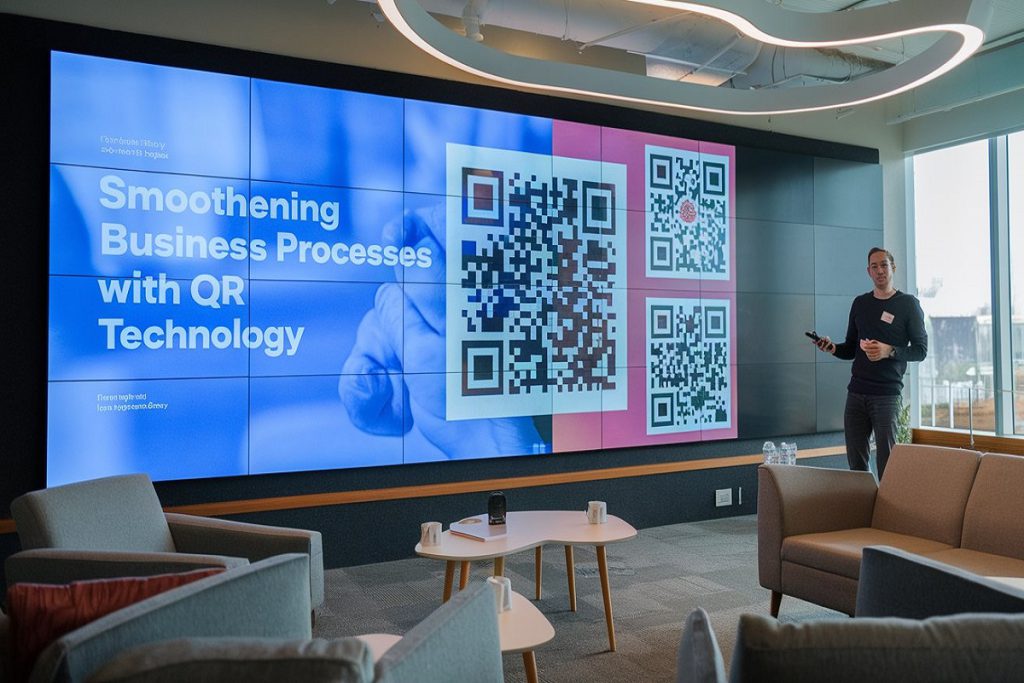In today’s hyper-connected world, travelers rely heavily on their smartphones. Whether it’s booking flights, finding nearby attractions, or managing itineraries, mobile travel apps are transforming how we explore the world. With the global travel app market projected to grow exponentially, building a user-focused app is no longer optional; it’s essential.
Travelers want more than just basic information; they want an immersive, intuitive experience. This is where smart mobile app development comes in. A thoughtfully developed travel app can become a user’s constant companion, from takeoff to touchdown. If you’re planning to build one, you need to go beyond code. You must think like a traveler, act like a guide, and innovate like a top-tier mobile app development company.
1. Understand the Traveler’s Mindset Before Writing Code
Before jumping into design and functionality, it’s crucial to understand the psychology of your users. What motivates them to travel? What pain points do they face? And how can your app eliminate those frustrations?
Modern travelers crave personalization, instant gratification, and simplicity. Whether they’re business travelers needing efficiency or digital nomads looking for local experiences, your app must cater to their specific needs. Conduct surveys, analyze travel forums, and study app store reviews of existing travel apps to uncover common desires and gaps.
2. Key Features Every Great Travel App Must Have
The backbone of a compelling travel app lies in its feature set. You want to offer tools that not only meet but exceed user expectations. Start with the essentials: real-time flight tracking, hotel bookings, itinerary planning, and in-app navigation.
But don’t stop there. Go the extra mile by integrating weather updates, currency converters, local emergency info, language translators, and even AR-based location discovery. These features may sound advanced, but they’re the kind of tools that keep users coming back—and recommending your app to others.
3. UX/UI Design That Feels Like First-Class Travel
User experience (UX) can make or break your travel app. A clean, intuitive interface ensures users don’t get lost in a maze of features when they just want to book a room or find their gate.
Use calming colors, smart layouts, and touch-friendly design. Prioritize minimal steps and clear calls to action. Think of your UI like a concierge it should guide users seamlessly from one task to another. A top mobile app development company will often prioritize wireframes and usability testing before writing a single line of code.
4. Personalization
Today’s travelers expect more than cookie-cutter suggestions. They want their app to “know” them. Personalization is no longer a bonus it’s the standard.
Use machine learning to study user behavior and offer custom itineraries, location-specific deals, and reminders based on prior activity. Sync with calendars, allow account preferences, and let users save their favorite spots. Personalization increases retention and builds loyalty, two critical success metrics in app development.
5. Real-Time Data Integration
Real-time information is at the heart of a responsive travel app. Flight delays, gate changes, road conditions, and local restrictions can all impact a traveler’s experience. The faster your app communicates changes, the more indispensable it becomes.
Partner with reliable APIs for transportation data, weather updates, and local alerts. Whether it’s integration with Skyscanner for flights or Google Places for local attractions, seamless data exchange ensures your app stays current and useful.
6. Offline Functionality
Despite how connected we are, travelers often face low or no connectivity, especially in remote or international areas. A travel app that only works online is like a map that disappears in the jungle.
Enable offline access to critical features such as saved itineraries, maps, travel documents, and emergency contacts. Use local storage wisely and allow automatic syncing when the device reconnects. This small detail can hugely impact user trust and satisfaction.
7. Security and Privacy
When users hand over passport details, payment info, and personal data, they’re placing serious trust in your app. That trust must be earned—and maintained.
Implement multi-layer encryption, secure payment gateways, and compliance with GDPR and other data protection regulations. Add biometric login or two-factor authentication for sensitive areas. A reputable mobile app development company will treat user privacy not as an afterthought but as a foundational pillar.
8. Monetization Without Compromise
Monetizing your app shouldn’t mean flooding users with ads or charging for every feature. Instead, offer a mix of freemium models, partnerships, and optional premium services.
You could charge for trip insurance, exclusive travel deals, concierge services, or itinerary creation tools. Affiliate revenue from hotels, car rentals, and experiences can also be a steady stream. The key is to provide value first users won’t mind paying when your app saves them time, money, or stress.
9. Test, Analyze, and Iterate
Launching your app is just the beginning. The real work lies in optimizing performance, fixing bugs, and evolving based on user feedback. Set up analytics tools to track user journeys, drop-off points, and conversion metrics.
Continuously update your app with new features, faster load times, and smoother navigation. Solicit reviews, run A/B tests, and act on insights. Think of your app like a living product it needs nurturing to grow and adapt.
10. Partnering With the Right Mobile App Development
Even the best app ideas fall flat without the right execution team. Partnering with a skilled mobile app development company ensures that your concept transforms into a high-performing product. Look for companies with experience in building travel and lifestyle apps, a portfolio that impresses, and a deep understanding of cross-platform development.
They’ll guide you through choosing the right tech stack, integrating APIs, ensuring compliance, and launching successfully. Better yet, they’ll stick around to maintain and scale your app.
11. Marketing and Launch Strategy
No matter how brilliant your app is, it needs visibility. Start marketing early—long before launch. Create hype with teaser videos, beta invites, and partnerships with travel influencers.
Invest in App Store Optimization (ASO), a well-structured landing page, and SEO content. Leverage email marketing, social media, and targeted ads to build anticipation. A strategic rollout plan ensures your app doesn’t just get downloaded—it gets used and loved.
Future Trends
To stay ahead, you must look beyond what’s current. Voice-assisted bookings, AI-powered travel bots, VR previews of destinations, and sustainability tracking are just a few innovations entering the travel space.
Consider integrating blockchain for secure identity verification or offering carbon-offset calculators to appeal to eco-conscious travelers. Staying innovative ensures your app remains relevant in a rapidly changing market.
Related Posts:
- The Role of Remote AngularJS Programmers in Web Application Development
- How Enterprise Application Development Drives Business Growth
- The role of Java Development Company in building customized business applications
Conclusion
Developing a travel app that users love is both an art and a science. It demands empathy, strategy, creativity, and technical expertise. From UX to offline functionality, every detail plays a role in the user experience.
By focusing on real needs, anticipating challenges, and collaborating with a trusted mobile app development company, you position your app for long-term success. Travel will always evolve but your app can be the reliable tool that makes every journey smarter, smoother, and more enjoyable.




